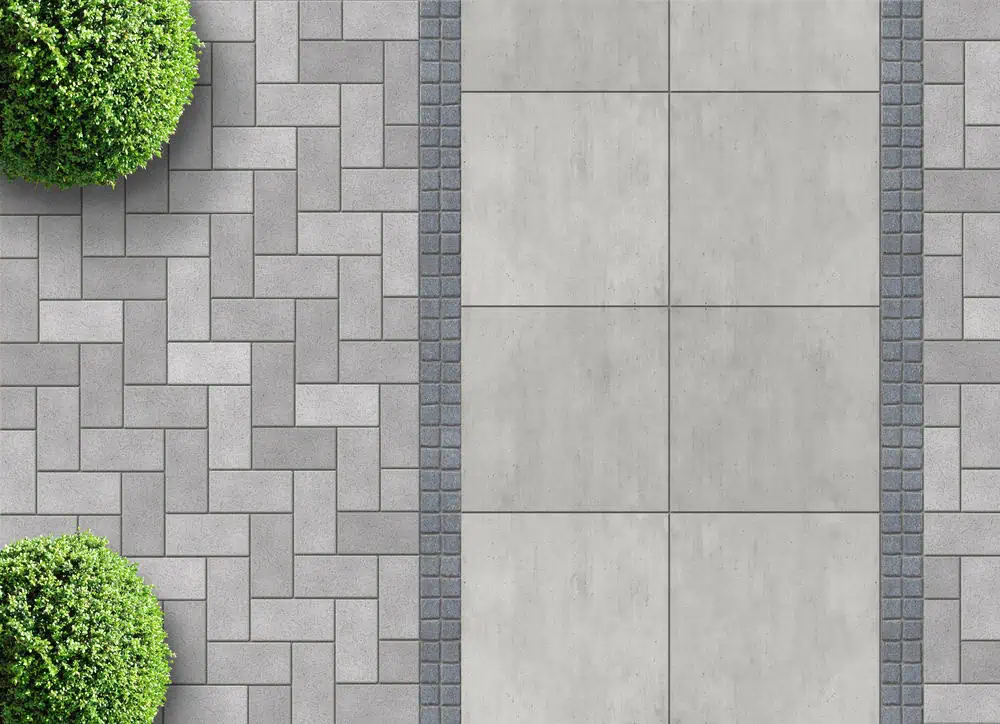Protect your home’s foundation and eliminate basement moisture problems with professional waterproofing solutions designed for Massachusetts homes.
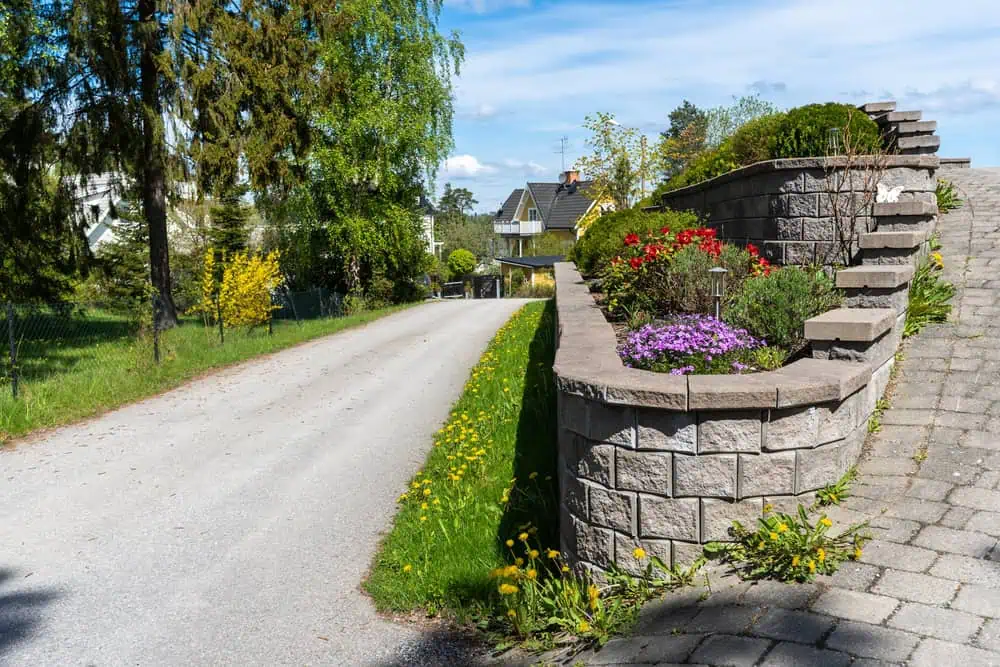
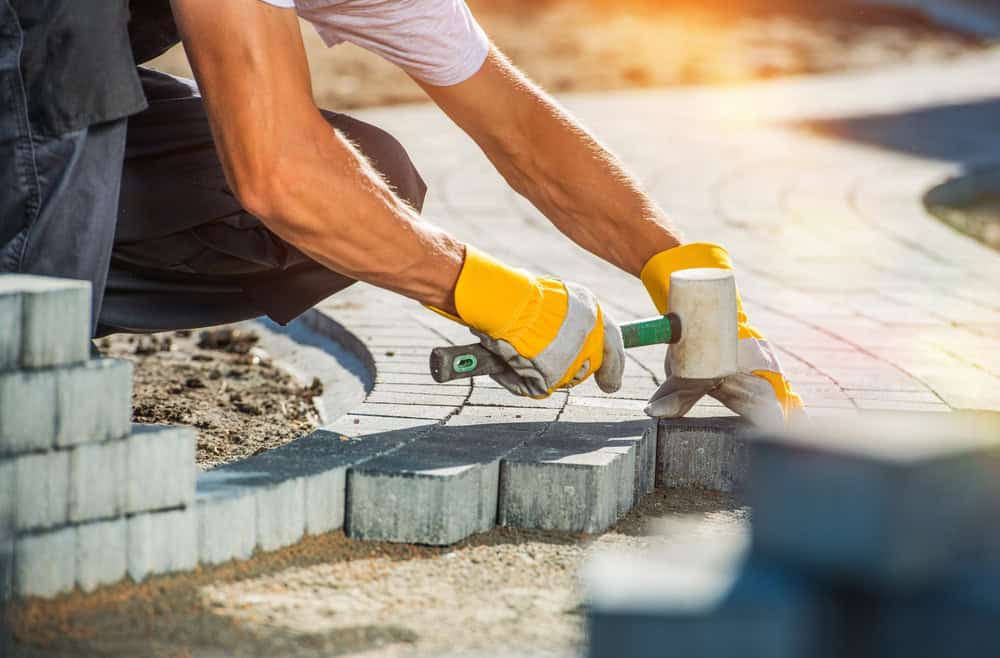
A waterproofed basement means no more rushing downstairs after every storm to check for water damage. You’ll eliminate that persistent musty smell that’s been creeping through your house, and you can actually use your basement for storage or living space without worrying about mold growth.
Your home’s foundation stays protected from the freeze-thaw cycles that Massachusetts weather throws at it. Water can’t seep through cracks and expand when temperatures drop, which prevents the kind of structural damage that costs thousands to repair later.
You’ll also notice better air quality throughout your entire home. When moisture can’t build up in your basement, mold and mildew can’t take hold and circulate through your HVAC system. That means healthier air for your family and no more embarrassing odors when guests come over.
We’ve been handling foundation and basement issues in Massachusetts for years. We understand how the region’s clay soil, seasonal water tables, and freeze-thaw cycles create unique challenges for homeowners in Forest Hills and surrounding areas.
Most of the homes we work on were built decades ago, before modern waterproofing standards. We’ve seen every type of foundation problem you can imagine, from hairline cracks that turn into major leaks to full basement floods during spring melts.
Our approach focuses on permanent solutions rather than temporary fixes. We use professional-grade materials designed for New England’s climate and install them according to manufacturer specifications, not shortcuts.
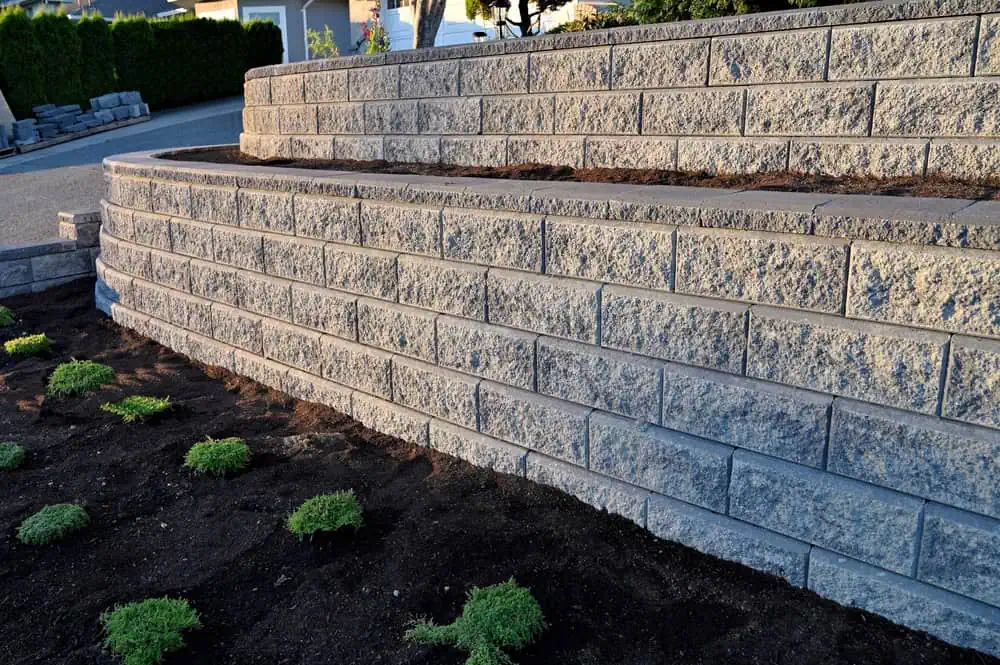
We start with a thorough inspection of your basement to identify exactly where water is entering and why. This includes checking for cracks in foundation walls, examining the condition of existing drainage, and assessing how water moves around your property during heavy rains.
Next, we address any structural issues like foundation cracks before applying waterproofing materials. There’s no point in sealing over problems that will just reopen later. We repair cracks properly using methods that account for normal foundation movement.
The waterproofing itself involves applying professional-grade sealers to your foundation walls, installing or upgrading drainage systems where needed, and ensuring proper moisture control. We also handle sump pump installation or upgrades if your basement needs active water removal during heavy weather.
Finally, we test everything to make sure water stays out. This includes checking our work during the next significant rainfall and making any adjustments needed to ensure your basement stays dry long-term.
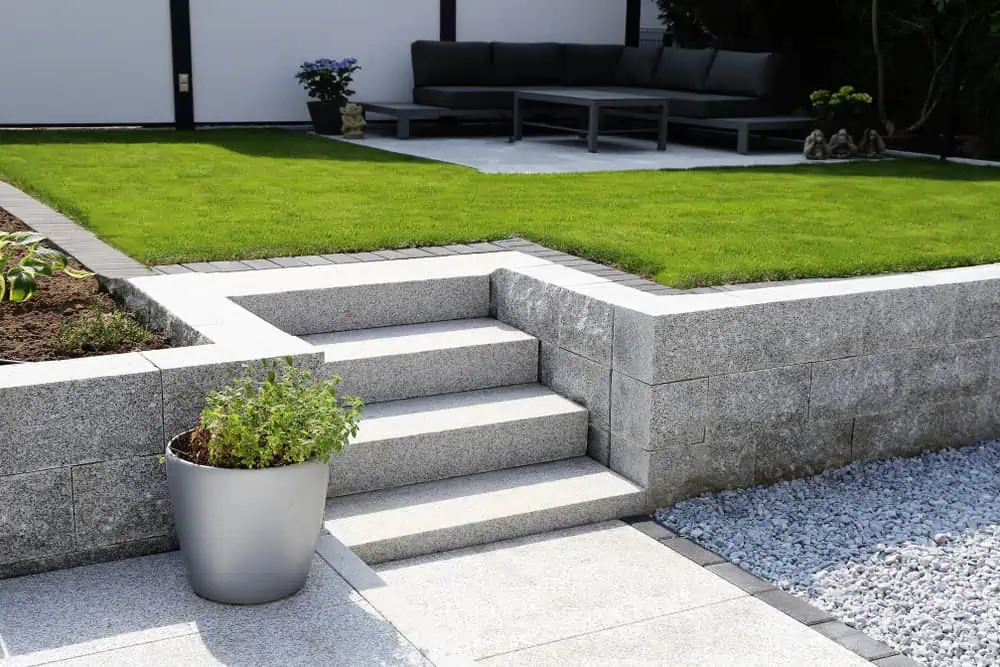
Ready to get started?
Our basement waterproofing service covers both interior and exterior approaches depending on what your specific situation requires. Interior waterproofing includes crack repair, wall sealing with professional-grade materials, and drainage improvements to handle water that does get in.
For homes that need it, we also handle exterior foundation sealing and drainage improvements. This is especially important for Forest Hills homes where heavy clay soil can create hydrostatic pressure against foundation walls during wet seasons.
We install and service sump pumps when basements need active water removal. Many older Massachusetts homes weren’t built with adequate drainage, so adding a sump system becomes necessary to handle water during spring melts and heavy summer storms. We use reliable pumps and backup systems to ensure your basement stays dry even during power outages.
